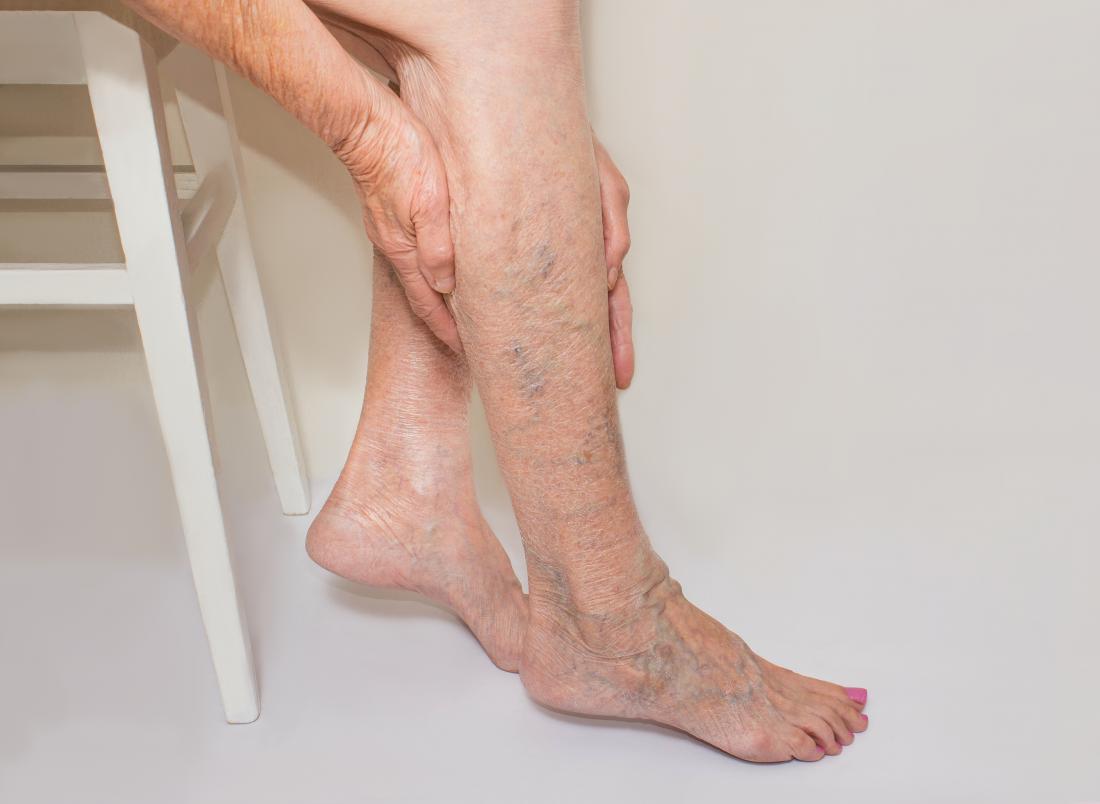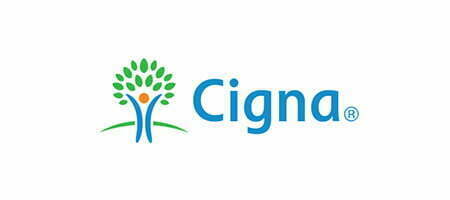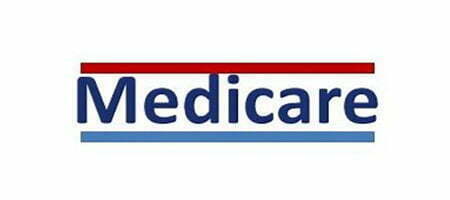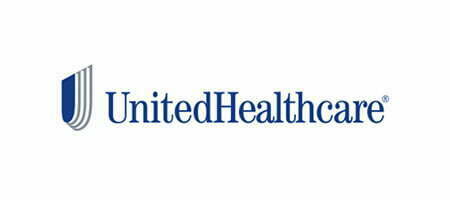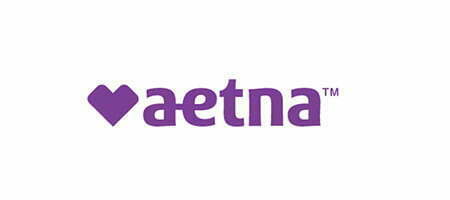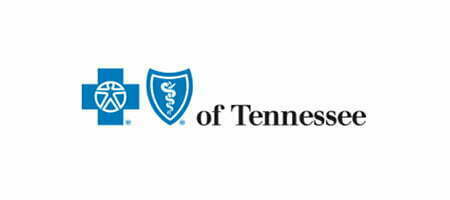Varicose veins are known as the big brother of spider veins. Like spider veins, they can be clearly seen and are aesthetically unappealing. Both types of disordered veins appear discolored and twisted, but that’s where the similarities end. At Zenith Health & Aesthetics in Memphis, TN, we value your health and aesthetic. Today, we answer one of your most commonly asked questions, when should I consider varicose veins treatment and many others.
What Are Varicose Veins?
Varicose veins are enlarged twisted veins usually found near the surface of the skin, though can also be found deeper within the body. They most commonly develop in the ankles and legs. But they can appear on the face, hands, chest and other locations, as well. You may have them on one side of your body or the other or on both sides of your body.
Symptoms of Varicose Veins
Everyone experiences varicose veins differently. The universal symptom of this type of disordered vein is its appearance. Other extremely common symptoms include localized pain, discomfort, tingling, heaviness and swelling.
Unfortunately, the symptoms do not end there. Varicose veins can develop clots. When your varicose veins are deep within your body, they can develop clots and cause a condition known as deep vein thrombosis. If one of these clots breaks off from the vein, it can travel all the way to your lung. When a blood clot is implanted into one of your lungs, the condition is known as a pulmonary embolism. This is a potentially life-threatening condition.
When Should I Consider Varicose Vein Treatment?
If you notice varicose veins on your body, come in for an in-person consultation to determine the best varicose vein treatment for your needs. Depending on the cause, extent and severity of your varicose veins, you may try one or more at-home treatments before opting for a medical treatment or procedure. Here’s a general overview of a few of the most popular:
Weight Loss
If your varicose veins are caused by obesity, weight loss is the first line in defense against developing future varicose veins once your existing ones have been treated. Keep in mind that even a 10% reduction in excess body fat will make a drastic improvement in the quality of your life, including your health and happiness. If you need help to lose weight, consult a licensed nutritionist to help you get your diet in check. Diet accounts for 90% of weight loss.
Sclerotherapy
Sclerotherapy is one of the most popular methods of varicose vein treatment because it is non-invasive and effective. It involves the injection of a sclerosant in either liquid or foam form. Foam is most often used to treat larger varicose veins.
Liquid sclerosants are composed of a saline (saltwater) solution. These are used for smaller varicose veins and for individuals who are allergic to both types of foam sclerosant. You should consider this type of varicose vein treatment if you are not pregnant and at-home treatments are ineffective.
What Can I Expect During This Treatment?
This non-invasive treatment requires no general anesthesia. The needle used is fine enough to not cause pain during injection or removal. However, lidocaine is included in the injection to numb the treatment area and prevent any discomfort.
What Results Can I Expect From Treatment?
The results of sclerotherapy can be seen within a few weeks of treatment for spider veins and smaller varicose veins. For larger varicose veins, you will experience immediate relief from physical symptoms, but the visual improvement may not be seen for two to four months. In 17% of cases, larger varicose veins will require a second treatment a month after the initial treatment.
Where Can Sclerotherapy Be Performed?
Sclerotherapy can be performed virtually anywhere you have varicose veins. Most often, it is used to treat varicose veins and spider veins in the face, particularly the sides of the nose, as well as the feet, ankles, calves and thighs.
What Is the Recovery Process Like?
The recovery process for sclerotherapy is minimal. For the first 24 hours, you should wear a compression garment. Other than that, you can return to most of your daily routine immediately.
What Aftercare Steps Are Necessary?
One of the reasons sclerotherapy is so popular is how few aftercare steps there are. To avoid affecting your body’s blood clotting process, avoid taking NSAIDs and aspirin for the first 24 hours after treatment. If you feel any discomfort, take Tylenol as directed on the package.
Avoid excessive heat for the first 48 hours after treatment. This means no vigorous exercise. It’s also important not to sunbathe, take hot baths or showers, try to unwind in a sauna or swim in a heated pool.
How Should I Prepare?
To prepare for sclerotherapy, do not take NSAIDs or aspirin for 48 hours before treatment. You should also avoid vitamins and herbal supplements which thin your blood. During your initial consultation, we will provide you with a comprehensive list of which medications and supplements to avoid.
Do not shave or apply lotion to the treatment site on the day of your treatment and let us know of any historic or current medical conditions, including active skin infections and a history of blood disorders.
Watch Your Diet
If you suffer from varicose veins, diet is the first method of varicose vein treatment. Excess venous blood pressure, which you can lower by drastically reducing your sodium intake, can form varicose veins. The easiest way to reduce sodium intake without reading the nutrition labels on everything you consume is to avoid processed foods and cook with fresh food, instead. Processed foods, and especially processed meats and fast foods, contain extremely high levels of sodium.
You should also reduce your consumption of bad cholesterol, reduce your sugar intake, drink more water and limit caffeine and alcohol consumption. As part of a healthy lifestyle, it is important to consume plenty of fiber, too. This fiber should come from natural sources like whole grains, vegetables and low-carb fruits.
Quit Smoking
It’s hard to stop smoking, but even reducing your tobacco intake gradually will greatly improve your varicose veins and overall quality of life. Nicotine is one of the hundreds of chemical compounds found in tobacco that elevates your blood pressure. This excess blood pressure can cause your veins to warp and damage the venous walls and valves responsible for healthy blood flow. This is another form of varicose vein treatment you should consider implementing immediately.
Wear Compression Garments
For immediate relief from varicose vein symptoms, wear compression garments, which can be purchased “over-the-counter” at your favorite local pharmacy. If you do not find relief from these low-pressure compression garments after a few months, come in for an initial consultation. We can determine the ideal pressure your compression garments and write you a prescription for the right garment.
When your varicose veins are in your legs, compression stockings or compression stocks are most often prescribed. When varicose veins affect your arms, a high-pressure sleeve will be prescribed. Compression garments are most often prescribed during pregnancy. This is because between the average venous blood volume increase of 40% and the hormonal changes that cause rapid weight gain in your lower abdomen, pregnancy is the most significant risk factor for varicose veins, second only to age.
Move More
Once again, moving more is a treatment for varicose veins that we strongly recommend implementing immediately. A sedentary lifestyle, whether that involves standing in place for excessive periods or sitting still excessively, is a very significant risk factor for varicose veins. There are innumerable health benefits associated with physical activity. One of them is improved circulation. The stronger your circulatory system, the easier it is for your veins to pump blood against the effects of gravity back to your heart.
Physical activity also strengthens the muscles surrounding your veins. This also supports your vein’s ability to circulate blood. If you have a sedentary job, set a quiet alarm for every 15 minutes and do squats or wall sits at your desk.
Every hour, you should get up and walk around a little. Whether this is getting another cup of water, using the restroom or filing paperwork you’ve been putting off, make sure you get up and walk for a minute. According to the American Heart Association and CDC, you should perform 150 minutes of moderate-intensity exercise weekly for heart health and disease prevention.
Elevate Your Legs
If you have varicose veins caused by pregnancy, there is no need to consider sclerotherapy or invasive techniques like varicose vein stripping. What you can do is walk and swim regularly, watch your diet, stay hydrated, wear compression garments and elevate your legs above your heart.
If you do not have a bed that allows you to adjust the incline of your mattress, lie on your back and place a couple of throw pillows under your ankles. You should also elevate your legs above your heart if you will be sitting for an extended period of time. Implement this treatment for varicose veins as soon as you notice them.
Varicose Vein Stripping
Varicose vein stripping, also known as vein stripping with ablation, avulsion or ligation, is used as a last resort to treat varicose veins. It is performed under general anesthesia using a handheld ultrasound device to pinpoint the precise locations of the damaged valves. A duplex scan may also be ordered to determine the extent of the effect on blood flow.
You should consider this form of treatment for varicose veins if you have deep vein blood clots. Before your procedure, let us know of all over-the-counter and prescription medications you are taking. You may need to suspend the use of these drugs and supplements temporarily before and after treatment.
How Can I Prepare for This Procedure?
This procedure is performed under general anesthesia. You cannot drive within 24 hours of being under general anesthesia, so you must arrange for a friend or relative to drive you home. If your body does not respond well to general anesthesia and you are nervous about your procedure, you may be given spinal anesthesia and anti-anxiety medication.
You should also prepare to spend between two and four weeks in recovery. You will receive prescription narcotics to keep you comfortable. Expect to stay off your feet as much as possible for the first 72 to 96 hours post-op. This depends on how many veins were stripped and the locations of those veins.
Learn More Today
Do you suffer from varicose veins? Are you wondering if varicose vein treatment is right for you? Would you like to learn more about the best options for your unique situation? We’re here to help. To schedule your initial consultation, contact the professional vein experts at Zenith Health & Aesthetics in Memphis, TN today.

